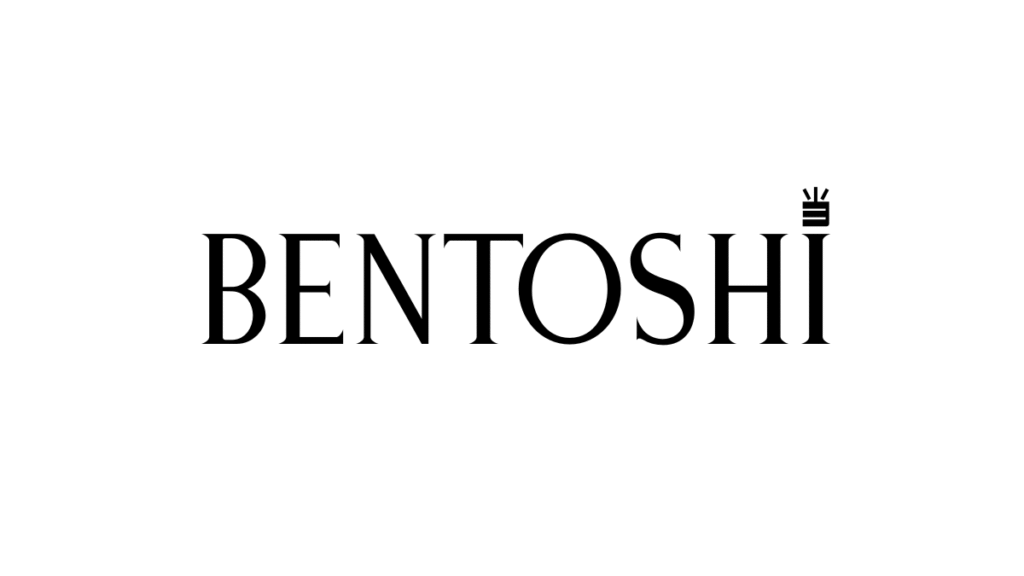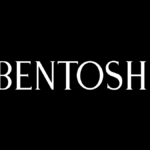Bento, or bentō (弁当), is more than just a lunchbox—it’s a cultural tradition, culinary art, and practical lifestyle choice deeply rooted in Japanese history. Originating centuries ago, the bento continues to be an essential part of daily life in Japan and has inspired a global movement of mindful meal preparation.
📜 A Brief History of Bento
The concept of packed meals in Japan dates back to the Kamakura period (1185–1333), when dried rice (hoshi-ii) was stored in small bags for easy consumption. Over time, the practice evolved, and by the Edo period (1603–1868), lacquered wooden bento boxes were common at hanami (cherry blossom viewing) and theater performances.
In modern Japan, bento is an indispensable part of school, work, and travel life. Its popularity has spread internationally, influencing healthy eating trends and eco-conscious packaging solutions.
🍱 What’s Inside a Bento?
A traditional Japanese bento usually includes:
| Component | Example Foods | Purpose |
|---|---|---|
| Staple | Steamed white rice, sushi rice, soba noodles | Provides energy (carbohydrates) |
| Protein | Grilled salmon, chicken karaage, tamagoyaki | Builds and repairs body tissues (protein) |
| Vegetables | Pickled radish, sautéed spinach, boiled broccoli | Adds fiber, vitamins, and color |
| Side Dishes | Edamame, gyoza, tofu, seaweed salad | Complements main items |
| Dessert (optional) | Fresh fruit, mochi, jelly cups | Adds sweetness, appeal |
The beauty of a bento lies in its balance—nutritionally and visually. It’s a perfect embodiment of the Japanese concept of “washoku” (harmony of food).
🎨 Types of Bento Boxes
There are many types of bento, each with a unique function or audience:
1. Makunouchi Bento
- Elegant, multi-dish bento often found in restaurants.
- Features fish, meat, pickles, rice, and seasonal vegetables.
2. Ekiben
- “Eki” means station; sold at train stations across Japan.
- Each region offers specialty ekiben that highlight local cuisine.
- A must-try for tourists traveling by shinkansen (bullet train).
3. Kyaraben (Character Bento)
- Popular among parents making bento for children.
- Features food shaped like animals, anime characters, and cartoon icons.
- Designed to be fun, colorful, and encourage picky eaters.
4. Hinomaru Bento
- The most minimalist bento: white rice with a single pickled plum (umeboshi) in the center.
- Resembles the Japanese flag (hinomaru), hence the name.
5. Shidashi Bento
- Large, formal bento boxes often catered for meetings, funerals, or ceremonies.
📦 The Bento Box Itself
A bento box is usually divided into compartments to keep flavors and textures distinct. Materials include:
- Plastic – Lightweight and affordable for daily use.
- Wood (Magewappa) – Traditional and often used for higher-end presentation.
- Stainless steel – Durable and eco-friendly.
- Silicone – For flexible inserts and dividers.
Modern bento boxes are microwave-safe, leakproof, and come in stylish, compact designs, ideal for office workers, students, or travelers.
🌏 Bento Around the World
Thanks to social media and growing interest in meal prepping, bento culture has gained global recognition. People worldwide adopt the bento style for:
- Healthy eating – Encourages portion control and variety.
- Waste reduction – Replaces disposable packaging with reusable containers.
- Creative expression – Inspires fun, artistic meal layouts.
India and Malaysia, too, has seen a rise in Japanese food popularity, and bento-style lunch boxes are commonly found in grocery stores, Japanese restaurants, and even school canteens.


